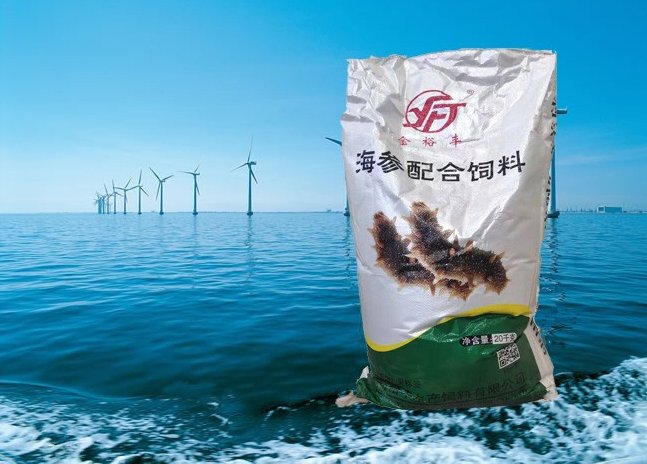Add:No.121, Wangjialou Industrial Park, Huangdao District
E-mail:qingdaojinyufeng@163.com
Tel: 0532-86113295 | 158-9880-7008
Fax:0532-86113295

Through sensory indicators, rely on vision, smell, taste and touch to judge the quality of feed. High quality feed color uniform, no mildew, deterioration, agglomerate, insect pests and other phenomena; The feed has normal smell, no rancidity, oil burning and other peculiar smell; Particle shape and size uniform, no cracks on the surface, a certain water resistance in water.
According to the size of aquatic animal specifications, choose the appropriate feed particle size. In this way, the effective feeding of aquatic animals can be guaranteed, and the waste of feed can be avoided. Taking fish as an example, the selected feed particle size is generally within the range of 1/4 to 2/3 of the longitudinal length of fish mouth crack, and the length to diameter ratio of feed should also be determined according to the specific breed, generally in the range of 1.5 to 2.5:1.
In the selection of feed grade, the breeding break-even point should be taken as the main basis. If the price per catty fish in the market does not exceed the feed cost per catty fish breeding, the low-grade compound feed should be selected; If the price of fish per catty is higher than the feed cost of fish breeding per catty, high-grade compound feed should be selected. In general, the higher the grade of feed, the more cost-effective advantage.
Four, in the feed performance to choose high-quality feed, to pay attention to the growth performance of aquatic animals after feeding, to pay attention to the bait coefficient, to pay attention to how to protect the health of aquatic animals. High quality feed has the following characteristics: low feed coefficient, fast growth rate, low incidence of disease.
A few mistakes to pay attention to when choosing:
1. Only pay attention to feed price when choosing, deliberately pursue low price feed. Low - price feed in the quality of feed will often hit a discount, long growth cycle, bait coefficient is high. Although the price of high-quality feed is higher, it can shorten the breeding cycle, and then reduce the breeding risk and water and electricity management cost brought by the long cycle. In the middle and late stage of aquaculture, diseases are often at high incidence, such as prawn aquaculture. If the aquaculture cycle can be shortened, the risk of disease will be greatly reduced, thus improving the overall benefits of aquaculture. Feed cost is affected by feed coefficient and feed price. The formula for calculating feed cost of aquaculture product per unit weight is: feed unit price (yuan/kg)× feed coefficient. Sometimes, the influence of feed coefficient change on feed cost is much greater than that of feed price change. Therefore, when choosing feed, we should start from the overall breeding cost and breeding benefit, pay attention to the breeding cost required by the output of each ton of aquatic products, pay attention to the bait coefficient and select high-quality feed.
2. It is considered that the feed with high protein level has better breeding effect. This is a one-sided and unscientific view. Protein is only one of the important nutrients needed by aquatic animals, but not all of them. Under the condition of the same protein source, the growth effect of aquatic animals increased with the increase of protein level in a certain range, but the growth performance did not increase or decreased when the protein level exceeded a certain level. Excessive protein is a metabolic burden for aquatic animals. In addition, the quality of protein is determined by the proportion and quantity of amino acid composition, and the amino acid composition of different protein sources has great differences under the same protein level, resulting in great differences in growth effects. For example, fish meal and soybean meal, under the same protein level, the growth effect of fish meal as protein source feed is better than that of soybean meal as protein source feed. Therefore, the quality of feed should be evaluated by integrating protein level, other nutrient level and raw material source.